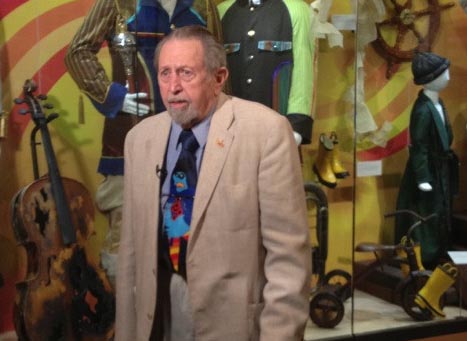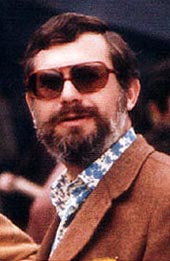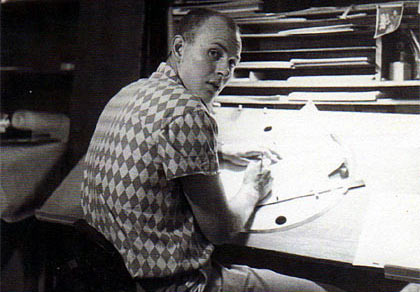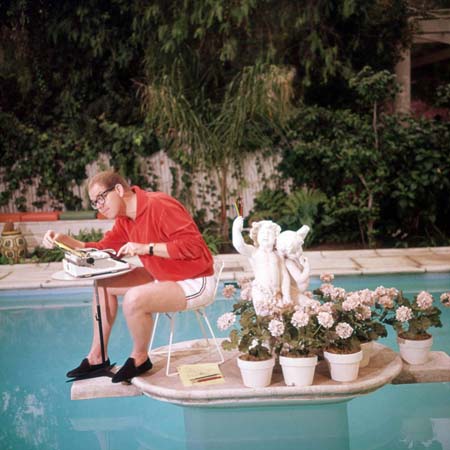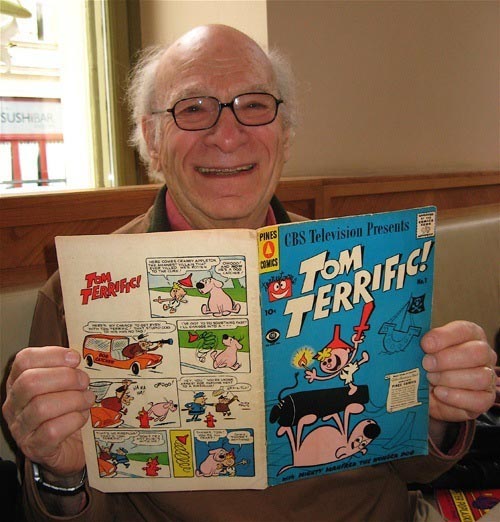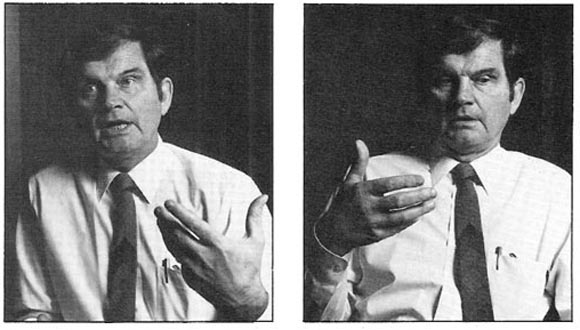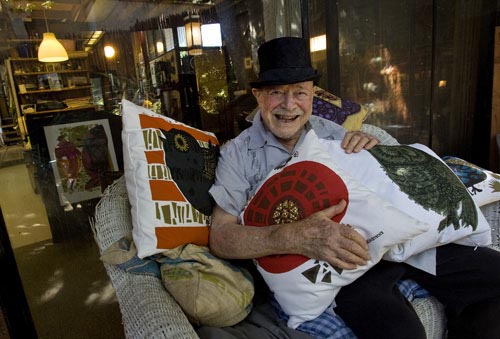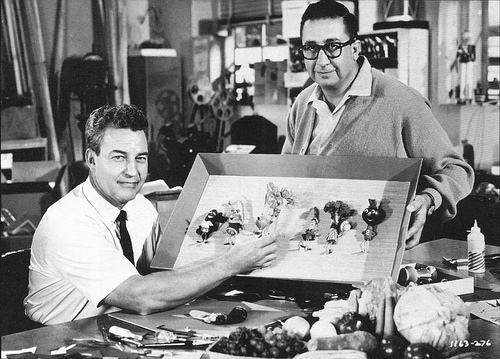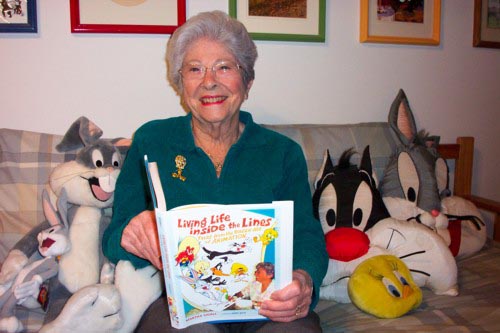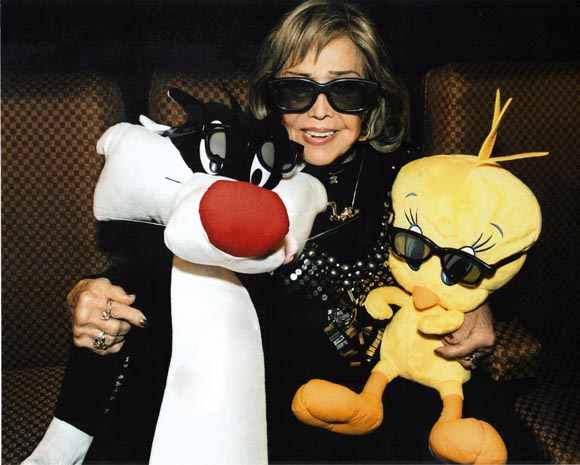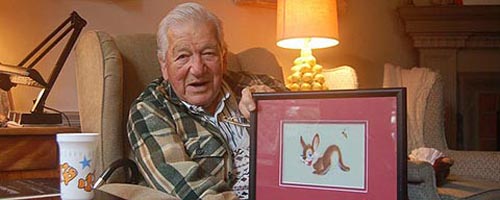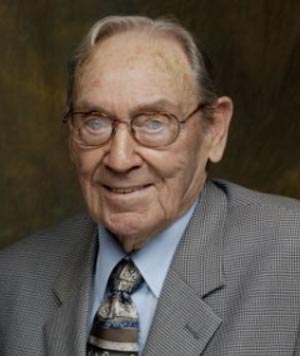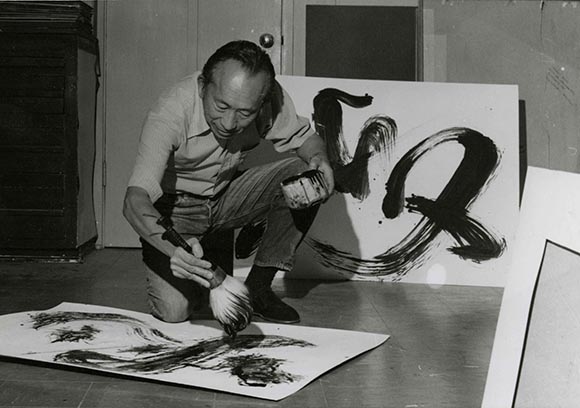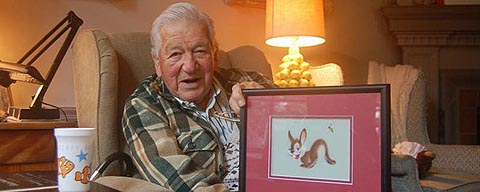
This impeccably cute Fifties era Hallmark booklet was drawn by Louie Schmitt (1908-1993) and painted by Stan Spohn (b. 1915), both of whom were Disney trained artists. Schmitt had animated at Disney since the mid-1930s, but is best known for being Tex Avery’s layout man and character designer for a series of MGM shorts in the late-1940s such as Little ‘Tinker (below), The Cat That Hated People, Lucky Ducky, and Bad Luck Blackie. Spohn was an Art Center-educated Disney background painter who did some terrific development artwork on “The Sorcerer’s Apprentice” sequence in Fantasia.
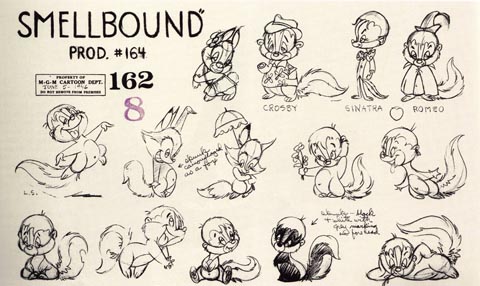
Around 1948, give or take a year, Schmitt and Spohn met J. C. Hall, the founder of Hallmark Cards. Hall offered them a lucrative deal to come and work at Hallmark’s headquarters in Kansas City. Schmitt and Spohn told their story to cartoonist Dean Norman, who recounted it in his fantastic self-published book Studio Cards: Funny Greeting Cards and People Who Created Them:
“When we first came [to Hallmark] they said they didn’t have space for us yet in the art department. They really just didn’t want us to corrupt the sweet young girls that worked there, because our language can get sort of salty. So they made us work in a tent on the roof. It was hotter than hell in the summer in Kansas City. After a couple of weeks of sweating it out in the tent we came down off the roof, found an empty office and moved our stuff in. The Old Man thought the girl artists would be jealous, because we got an office while they worked in booths. But they didn’t mind. We got along fine and didn’t corrupt any of them…We thought we would go nuts. A whole building full of twittering young girls, and the stuffy work rules! We hated it, but it was good money, and we did get to do complete art on our cards. Mr. Hall loved our art. So after we had been here a few months, we told him our wives missed California so much that they were going to leave us. We was awful sorry, but we had to quit. Well, the Old Man did what we figured he might do. He offered us contracts to mail in our art from California.”
Schmitt, who I believe did the drawings for the “How to Take Care of Baby” booklet, had a style that was pure syrupy cartoon formula—historian Michael Barrier dismissed Schmitt’s designs as “bargain-basement-Bambi flavor”—yet he also had terrific command of cartooning principles and knew how to inject personality into his characters. It’s easy to understand why his work was so highly valued by Hall, especially when contrasted to the listless illustrative style that was predominant in the greeting card industry at the time:
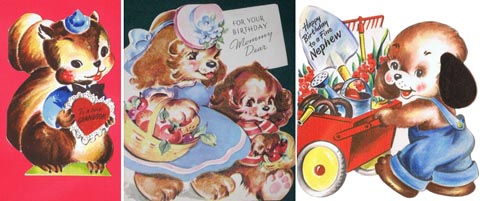
It seems that Schmitt and Spohn worked as a team, and even had an art studio together after they moved back to Los Angeles. Schmitt died in 1993, but Stan Spohn is (I believe) still with us at the age of 97. There was an article about Spohn in the Monterey County Weekly a few years back where he was holding up one of his Hallmark paintings:
